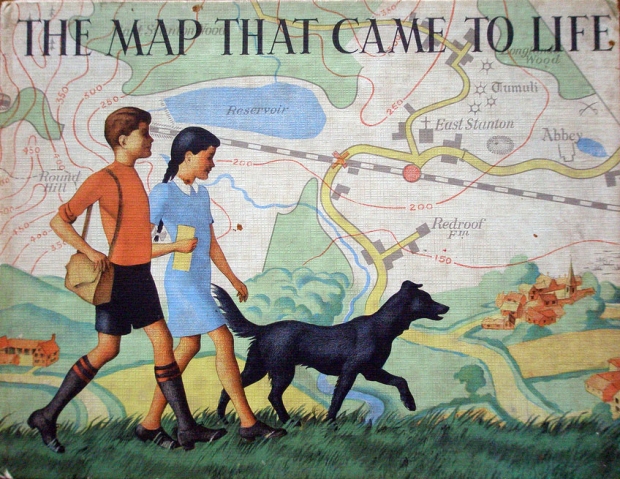Described succinctly by Tad Crawford in AIGA Professional Practices in Graphic Design, the design brief “digs deep into a project and identifies the main factors that drive the entire creative strategy.”
Indeed, a well-crafted brief is invaluable for most any sizeable design project. It functions like a compass, allowing client and design team to ascertain periodically that north is still north, and that everyone is headed in the same direction. A design brief will clearly state, for both client and design team, the expectations and objectives of the project, and as such, it is a critical tool, laying the groundwork for what is to be done, why it is needed, and how success will be measured.
The brief is thus part business strategy and part design strategy. To the design team, it points the way ahead, answering the basic questions necessary to inform the design process and keep the project on track. To the client, this early articulation of goals will assure that the project purpose and needs are clearly articulated and understood be everyone. This in and of itself is project gold, as the early discovery of fuzzy goals allows for immediate clarification and, if necessary, course correction. Many a project has been caught between the Scylla and Charybdis of unclear purpose and unidentified goals. The brief is a map for safe sailing.
The design team will work with the client to create the brief, based on the RFP, the design proposal, the kick off meeting and additional interviews as neceassary. A formal review of the design brief should be held as the project gets underway in earnest.
The following questions are a guide for creating a thorough and effective design brief. Questions with fuzzy answers can lead to better defining project needs; or they can identify new needs, such as additional branding or strategy work. Some of the questions are really just conversation starters and idea generators. The list that follows is loosely organized by importance, but is by no means comprehensive or conclusive. Every project will need tailoring.
About the Project
- Why are we doing this project?
- Why are we doing this project now?
- What are the goals of the project?
- What do we expect to have achieved at the end of the project?
- Who are the stakeholders and the decision makers in the process?
- What deadlines or timeframes must be adhered to?
- What is the budget?
- How will the success of the project be evaluated?
About the Market
- How is your organization perceived today?
- Are there aspects of your market perception that need improvement?
- Who are your competitors?
- How are they perceived in the marketplace in relation to your organization?
About the Target Audience
- Who is the target audience? As specifically as possible, note the age, income, location, lifestyle, occupation, gender ratio, et cetera of the intended audience.
- Are there additional, currently-untapped audiences that would benefit from the project if their needs and goals were taken into account?
Branding & Inspiration
- Do you have marketing collateral to provide for this project, such as photos, brand guidelines or messaging?
- Are there words, colors, metaphors that convey the feel you are looking for?
- Are there websites/brands/campaigns/publications/paintings/movies/other media that could provide inspiration ? Or that you specifically dislike/would like to avoid. Jot down why (color, content, typography, overall look and feel, imagery, etc.)
About the Organization in General
- What is your business?
- How old is your company?
- How do your employees dress for work?
- Is there an object/animal/building/metaphor that resonates with your organization's identity?
Preparing a design brief will help keep the process on track, giving the design team a point of reference, and helping to clarify client goals in a concrete way that sets the project up for happy success all around.
Want more information on creating a design brief?
- Check out this blog post by Peter L. Phillips, the man who wrote the book (literally) Creating the Perfect Design Brief.
- Look at this Google Books overview of AIGA Professional Practices in Graphic Design by Tad Crawford.
































